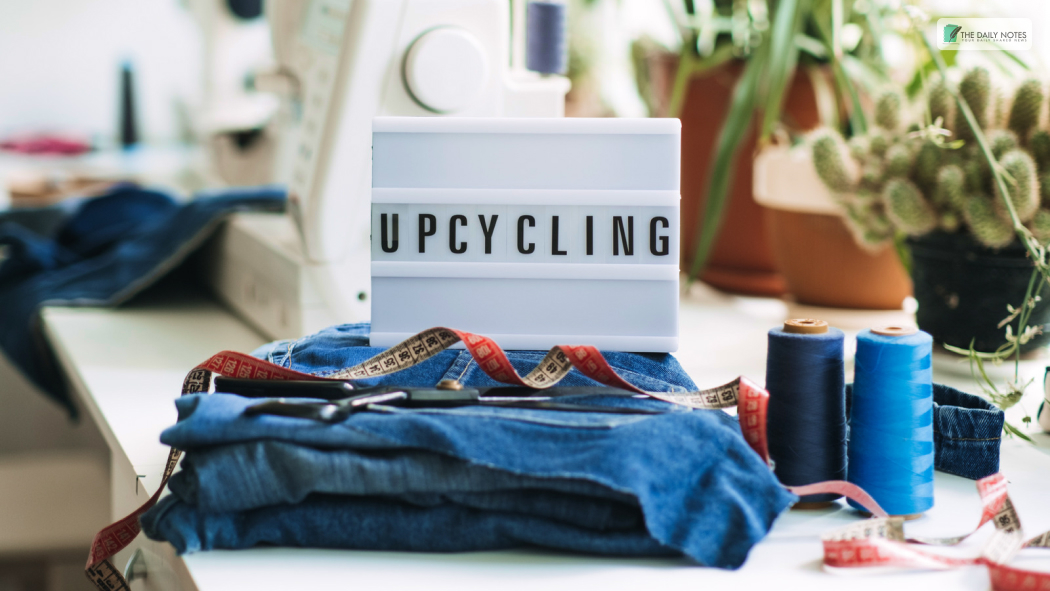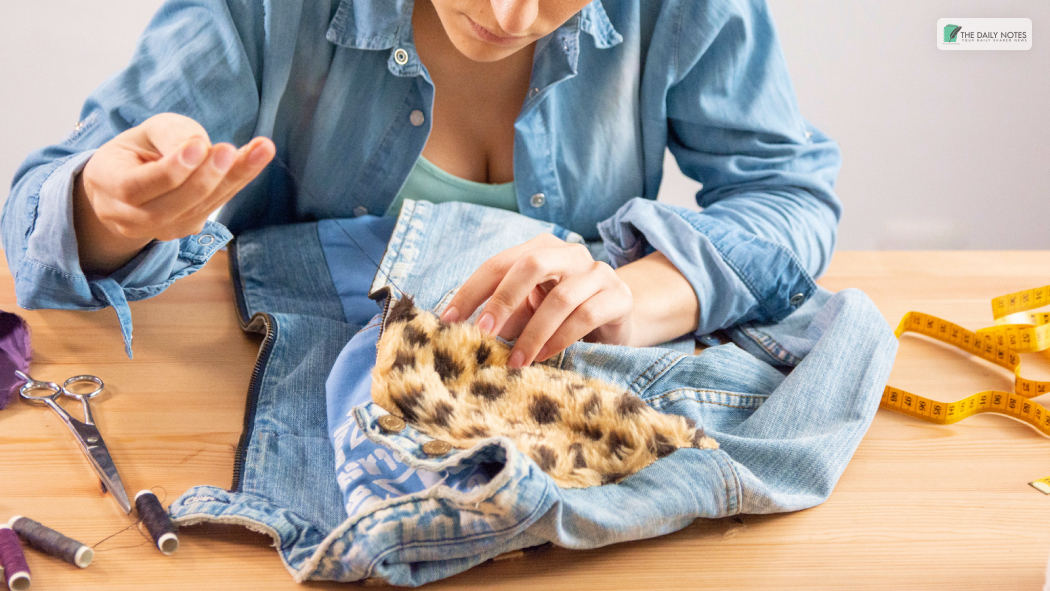Data from the Environmental Protection Agency (EPA) show that the US generated 292.4 million tons of municipal solid waste (MSW) in 2018. Upcycling ideas help reduce this number in future reports.
This was 23.7 million tons more compared to the amount generated in 2017. Paper and paperboards are the top MSW generated (23.05 percent), followed by food (21.59 percent) and plastics (12.20 percent).
Only 69 million tons of MSW were recycled, while 34.6 million tons were combusted with energy recovery.
About 146.1 million tons end up in the landfill. Every year they get buried with newly generated MSW. The growing amount of waste in the landfill can greatly affect the environment and public health, especially if not managed properly.
To address the increasing amount of waste in the landfill, people use their creativity to upcycle items to give them a new purpose.
What is Upcycling?

Many people associate upcycling with recycling, which makes perfect sense. Recycling is when you break down certain materials, like plastics, papers, or metals, to create a new product. Upcycling is a form of recycling.
Instead of breaking down the materials, you can be creative in finding a new purpose for the items you want to upcycle.
An example of upcycling is folding old magazine pages to make a flower pot or a fruit bowl. You’re turning simple materials into something more valuable.
When you’re recycling, however, your stack of old magazines can be turned into recycled paper.
Upcycling is common in the fashion industry, which is a major contributor to pollution.
According to the United Nations Environment Program (UNEP), the industry is responsible for approximately 10 percent of global greenhouse gas emissions. It is also the second-biggest consumer of water worldwide.
For instance, fast fashion offers consumers new designs and collections every few weeks instead of every season. They must increase production and inventory turnover to meet their goals. This practice encourages consumers to shop more and buy new low-cost clothes that they treat as disposable.
Most inexpensive garments, however, use synthetic and polyester fibers. These come from oil and petroleum production. Synthetic fibers don’t biodegrade, unlike wool or cotton. If these garments end up in landfills, they can potentially pollute water sources.
More Americans are becoming more environmentally conscious. A survey shows four in ten respondents said they make an eco-friendly decision at least once a week, while one in three said they do so every day. The survey also reveals that one in three has begun recycling in the past 12 months.
Upcycling old items, like clothes, is a fun activity and lets you use your creative juices. This hobby can also become your source of income.
Turning Your Hobby into a Business

People dream of earning money while doing the things they love. If you’re into arts and crafts, you can turn your hobby into a profitable business. Use your creativity to turn old items into new products with higher quality and sell them online. Depending on your products, you may need to buy special tools or equipment, like a sewing machine or a laser engraving machine.
There are several platforms where you can sell your finished products online, such as Instagram, Facebook Market Place, and Etsy. You can also consign them to local shops to help you reach more consumers.
Before you turn your hobby into a livelihood, however, there are several things you need to consider. For example, make sure you have the time needed to launch a business, reach out to customers, and meet deadlines. Your commitment is vital for your business to be successful.
Other Things You can do Before Fully Committing to a Venture Include:
- Testing the concept – start your business as a side hustle to see how it will go. Once it starts growing and the profit reaches the same level as your current income, consider making it a full-time job.
- Creating a business plan – this serves as the blueprint of your business, which you can use to get a business loan. Your business plan can help you grow and sustain your venture in the long run. It should include an overview of the business, your products or services, marketing strategies, and the financial plan.
- Building your brand – having a brand will help your potential customers recognize your business. Start by coming up with a business name and logo that reflects the personality of your business. You should also choose the colors that best resonate with your market.
If you’re not ready to sell your upcycled projects, another way to earn extra cash doing what you love is by doing workshops. This is a nice way to give back to the community and encourage more people to bring out their creativity by upcycling old items. It can help minimize the waste that ends up in landfills.
Upcycling Ideas for a Lucrative Business!

Upcycling has become the new norm in the current environmentally conscious setting. Several businesses are thriving in this sector as they bring “conscious” products to the users. From conscious beauty to conscious living- there are lifestyle products that come from upcycling ideas.
Here are a few upcycling ideas that will thrive as a business in your local area. Pick one after your research:
- Upcycle old t-shirts to make a tote bag
You can start the idea by turning your old t-shirts into tote bags. Raid your closet and find those oversized t-shirts that you do not wear anywhere. Find an online tutorial to learn how you can do it, you might already have a mental picture of how it’s going to go.
Use new scissors if you need to and get snippin’!
Then, once you’ve nailed the pilot project, you can ask your customers to send washed, old clothes that they’d want to carry around as a tote, and voila! There’s a conscious business from upcycling ideas right there!
- Jeans to create stylish skorts or shorts/skirt
If you did not notice, vintage fashion is making a comeback, and jeans and shorts are included! Skorts are this genius invention that gives us the security of shorts but has the chicness of a skirt!
You can transform old jeans into either of the two ideas and get a bang for your buck!
You can even mix and match fabrics to give a unique look to your inventions and sell them online!
Conclusion
As the amount of waste continues to rise, there is not enough space left in landfills. Upcycling old items until they reach their end of life is one way to address this problem.
Be creative in creating new unique products and start earning money by helping the environment.
Read Also:




























